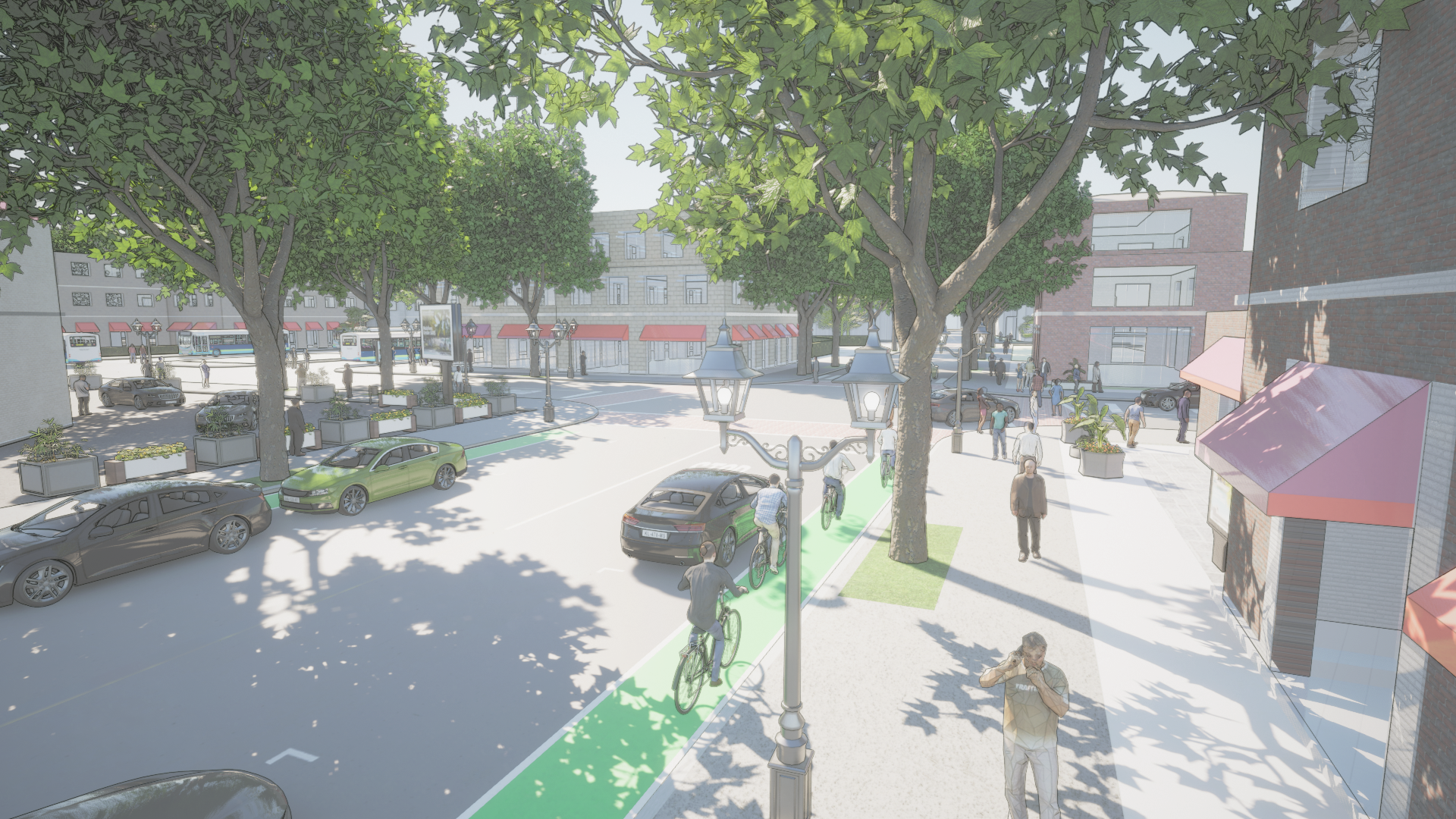
Featured Projects
Each of our projects blends integrated thinking with practical, real-world solutions that help create quality communities. We partner with a variety of clients including local governments, regional organizations, state agencies, federal government agencies, non-profits and the private sector. This multi-faceted experience gives us a deep understanding of community issues across all scales - neighborhoods, corridors, cities, counties, regions, and states.
Also check out our comprehensive map of where we've worked.
